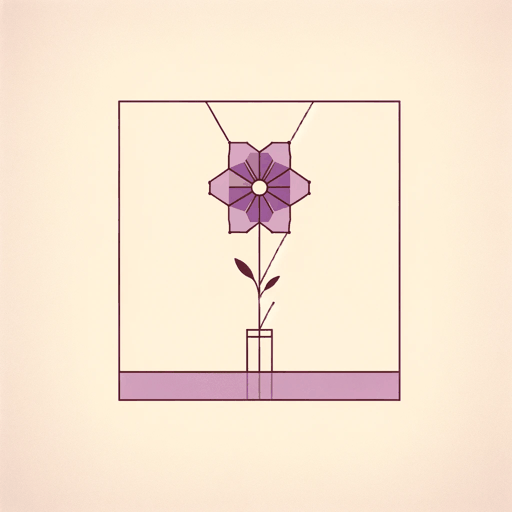50 pages • 1 hour read
Nathaniel HawthorneRappaccini's Daughter
Fiction | Short Story | Adult | Published in 1844A modern alternative to SparkNotes and CliffsNotes, SuperSummary offers high-quality Study Guides with detailed chapter summaries and analysis of major themes, characters, and more. For select classroom titles, we also provide Teaching Guides with discussion and quiz questions to prompt student engagement.
Introduction
“Rappaccini’s Daughter”
- Genre: Fiction; gothic short story
- Originally Published: 1844
- Reading Level/Interest: College/Adult
- Structure/Length: Approx. 48 pages; approx. 1 hour, 28 minutes on audio
- Protagonist and Central Conflict: When Giovanni arrives at the estate of mysterious Doctor Rappaccini, he’s enchanted by both the lush garden and Beatrice, Rappaccini’s daughter. However, Beatrice is confined to the locked garden, and she and her father are hiding a deadly secret.
- Potential Sensitivity Issues: Death by poisoning
Nathaniel Hawthorne, Author
- Bio: 1804-1864; American novelist and short story writer; born in Salem, Massachusetts; graduated from Bowdoin College in 1825; worked at the Boston Customs House and joined a transcendentalist community before marrying Sophia Peabody in 1842; most of his writing is set in New England and features moral metaphors and anti-Puritan sentiment; his books are considered Dark Romanticism, a subset of the Romantic movement
- Other Works: Twice-Told Tales (1837); The Scarlet Letter (1850); The House of the Seven Gables (1851); The Blithedale Romance (1852)
CENTRAL THEMES connected and noted throughout this Teaching Unit:
- Gardens and Their Significance
- Nature, Science, and Sexuality
- Cures and Poisons
STUDY OBJECTIVES: In accomplishing the components of this Unit, students will:
- Gain an understanding of the cultural and historical significance of the garden as a symbol in Western literature.
- Study paired texts and other brief resources to make connections via the text’s themes of Cures and Poisons and Nature, Science, and Sexuality.
Related Titles
By Nathaniel Hawthorne
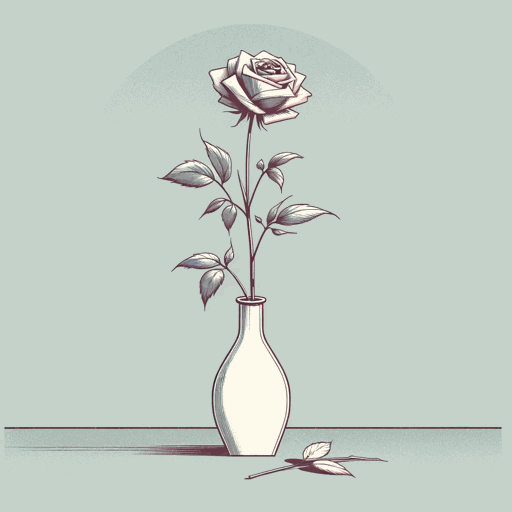
Dr. Heidegger's Experiment
Nathaniel Hawthorne
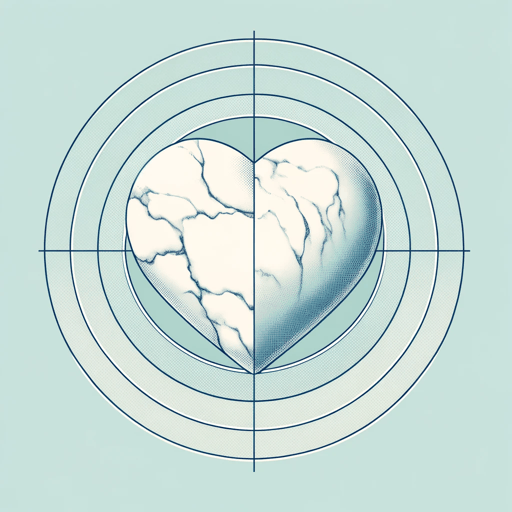
Ethan Brand
Nathaniel Hawthorne
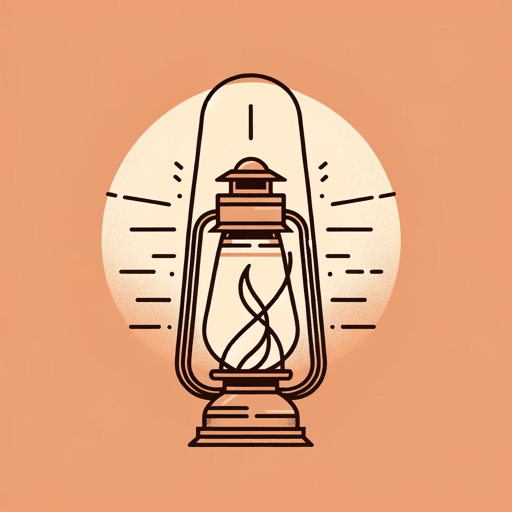
My Kinsman Major Molineux
Nathaniel Hawthorne
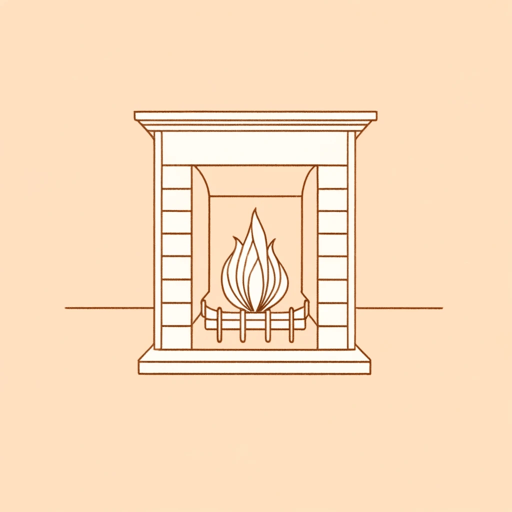
The Ambitious Guest
Nathaniel Hawthorne
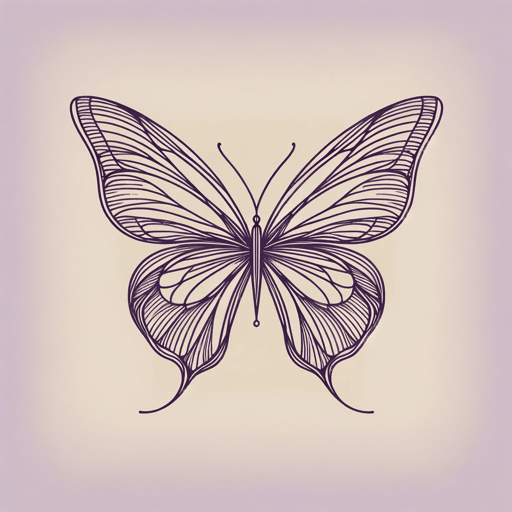
The Artist of the Beautiful
Nathaniel Hawthorne
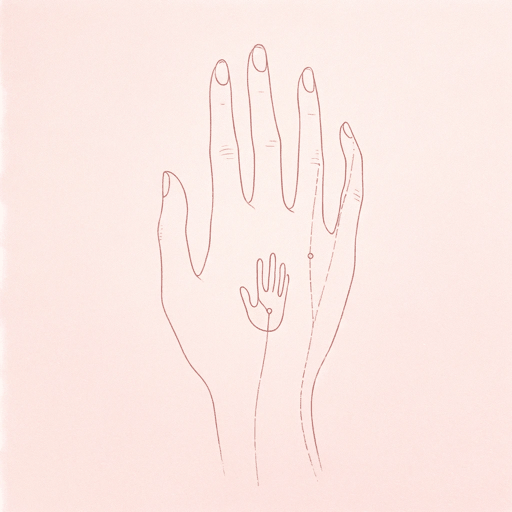
The Birthmark
Nathaniel Hawthorne
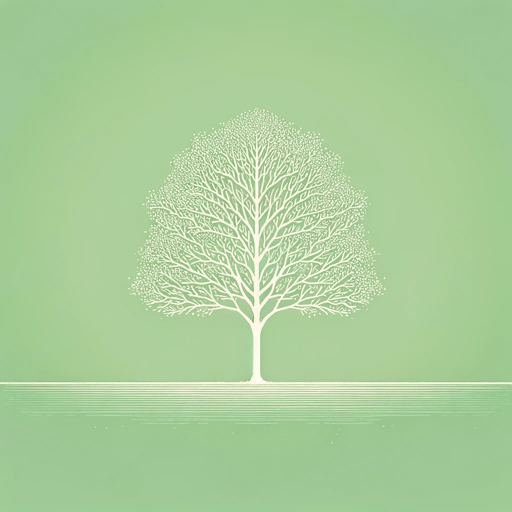
The Blithedale Romance
Nathaniel Hawthorne
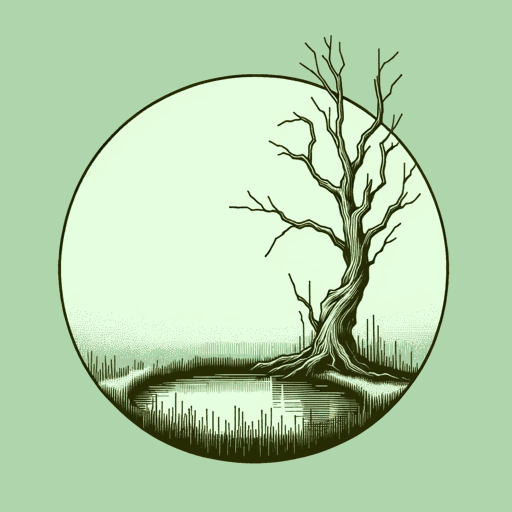
The Hollow of the Three Hills
Nathaniel Hawthorne
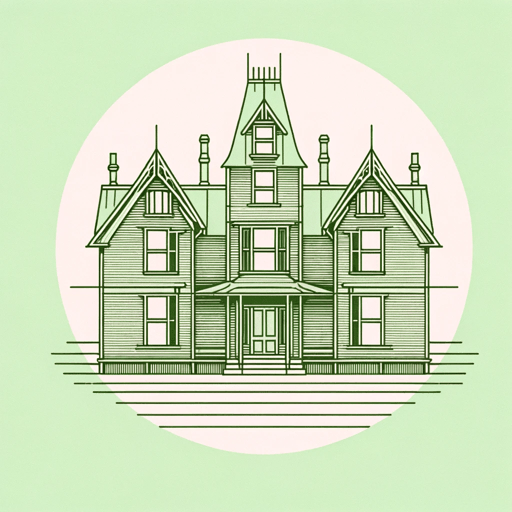
The House of the Seven Gables
Nathaniel Hawthorne
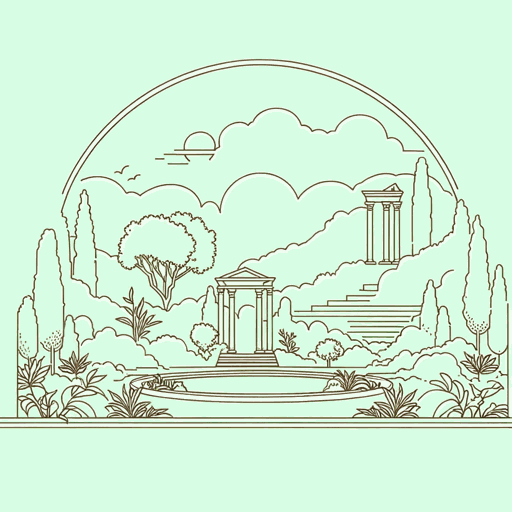
The Marble Faun
Nathaniel Hawthorne
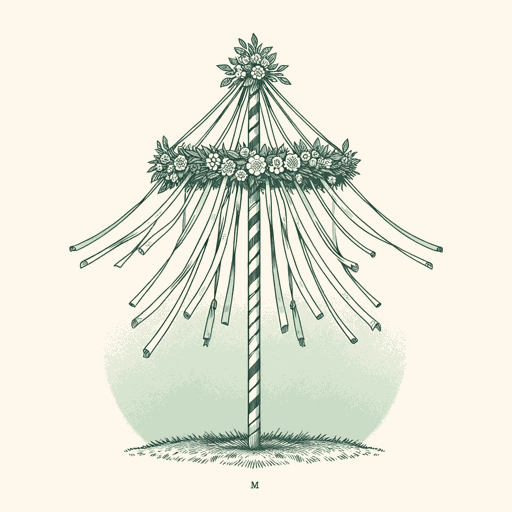
The Maypole Of Merry Mount
Nathaniel Hawthorne
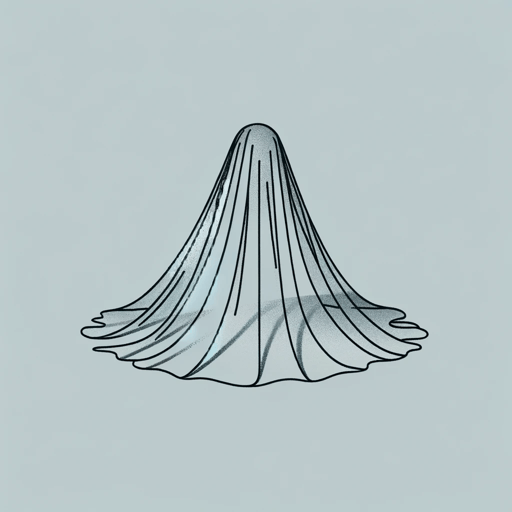
The Minister's Black Veil
Nathaniel Hawthorne
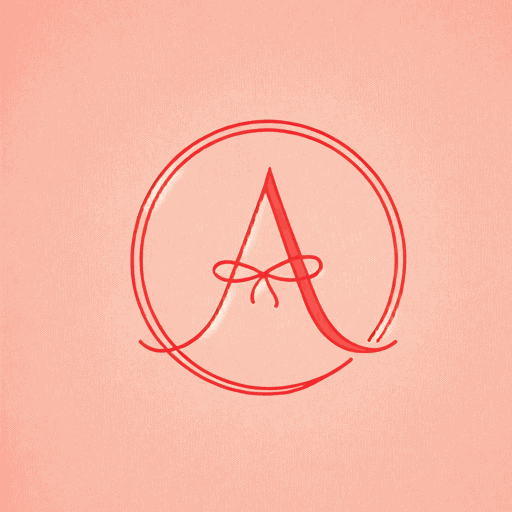
The Scarlet Letter
Nathaniel Hawthorne
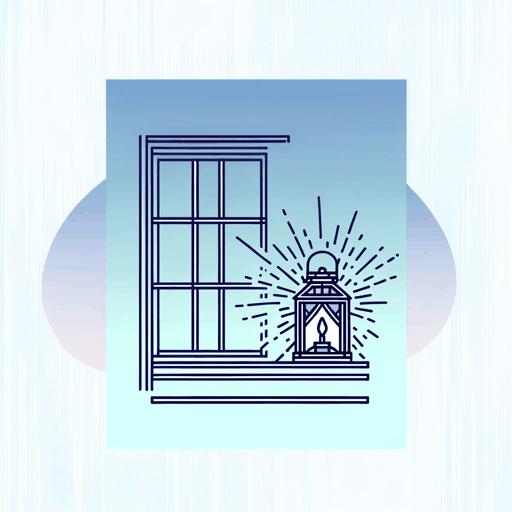
The Wives of the Dead
Nathaniel Hawthorne

Young Goodman Brown
Nathaniel Hawthorne
